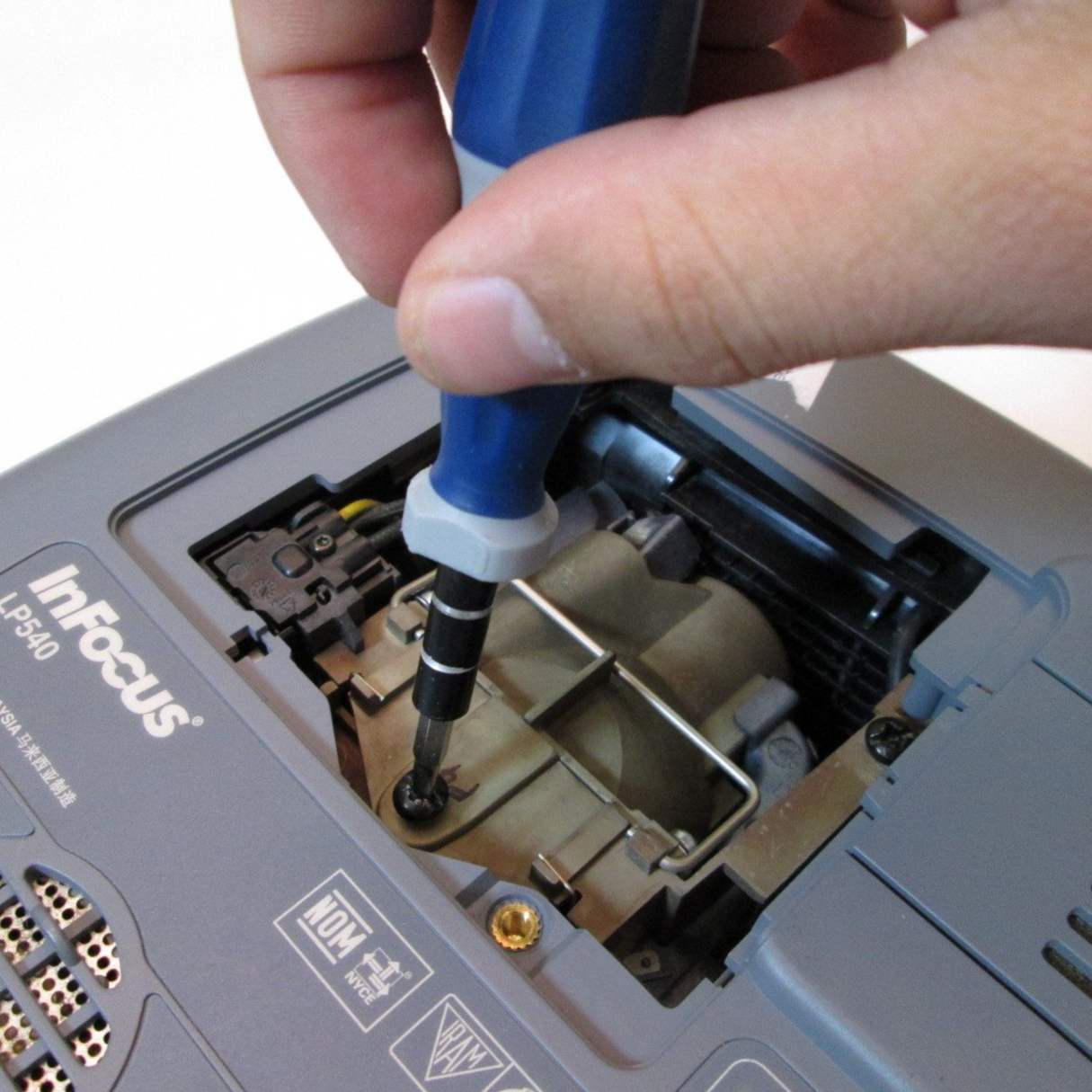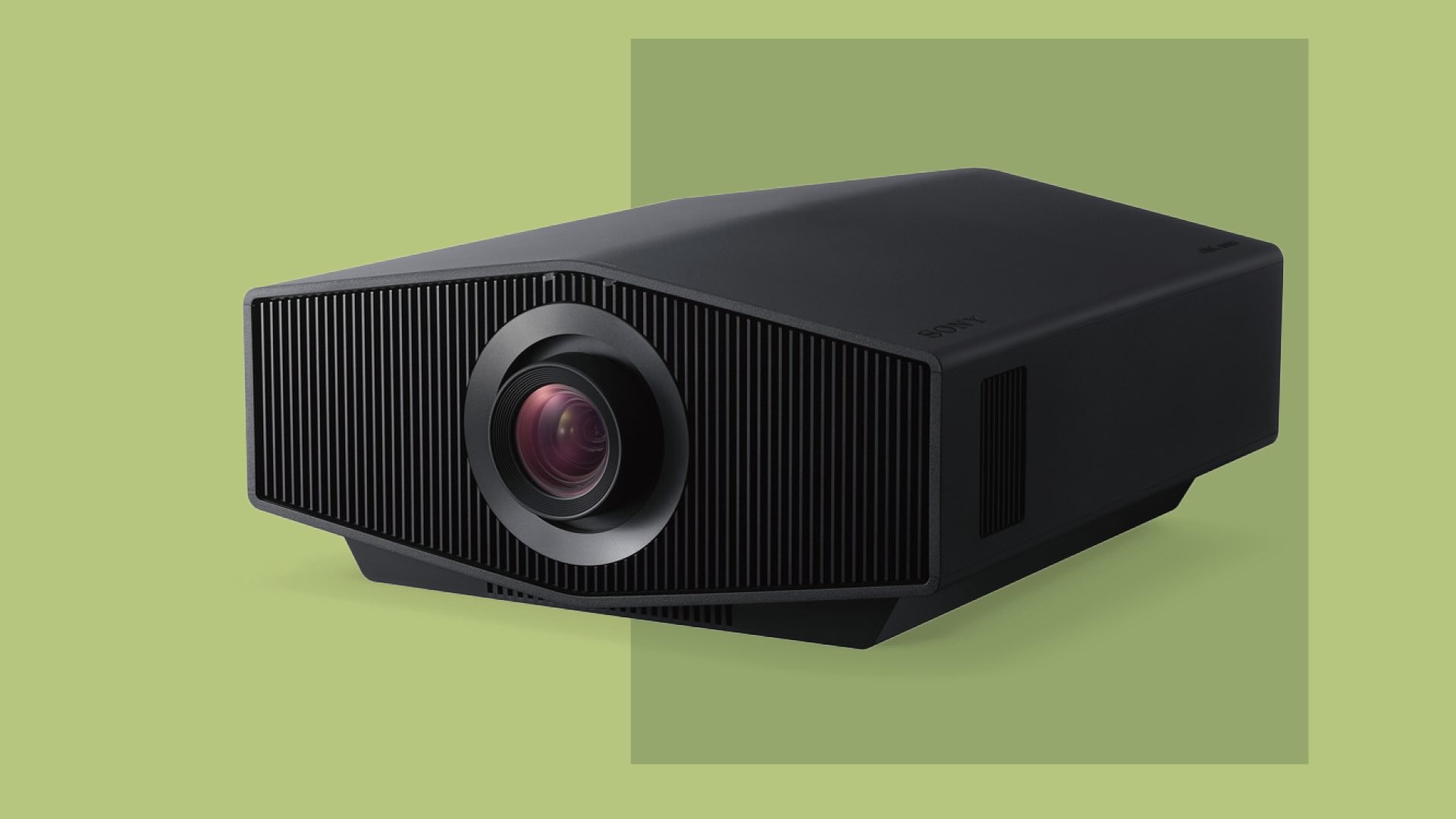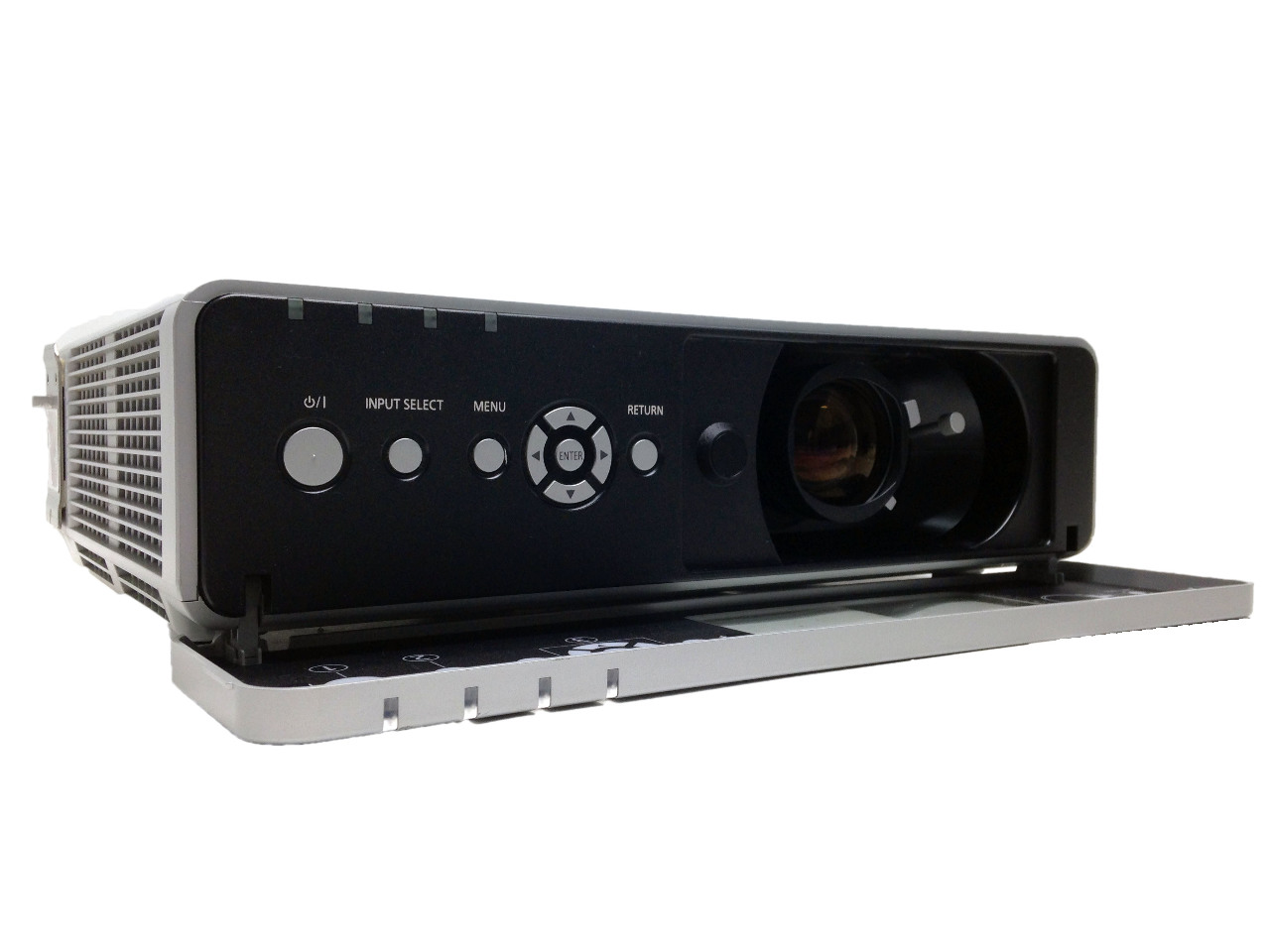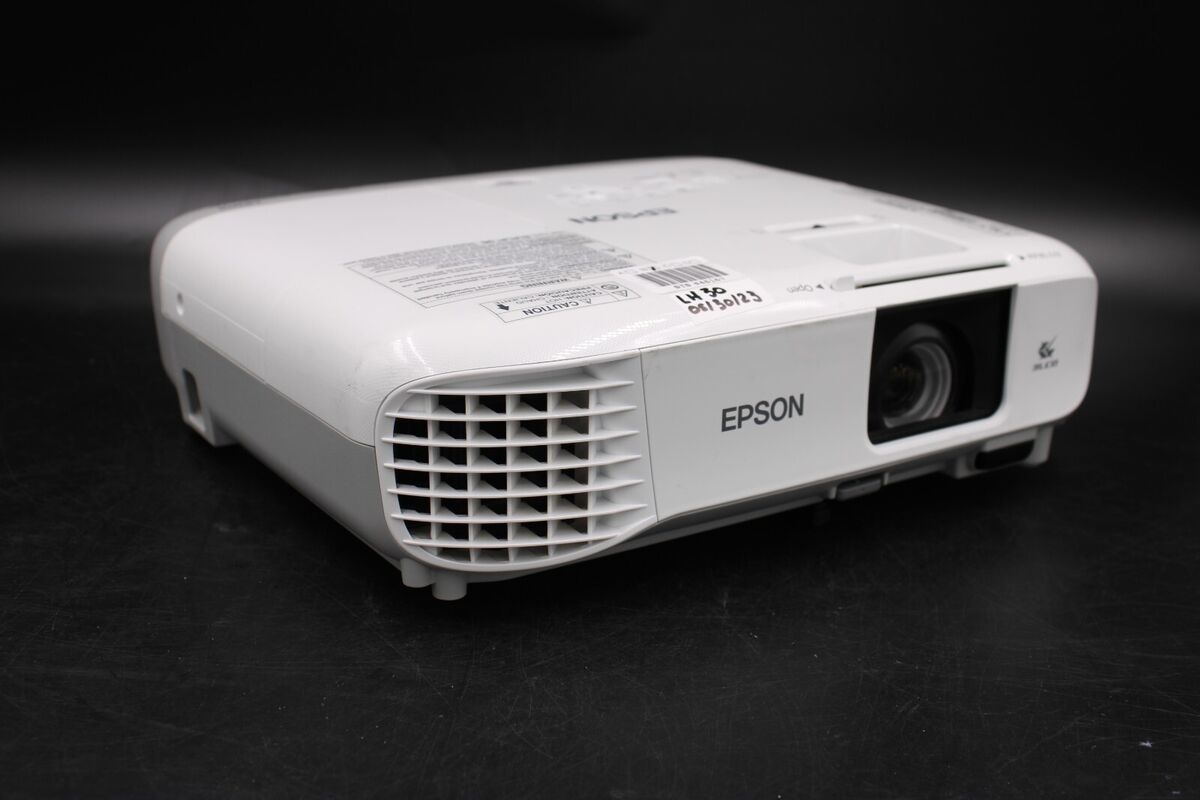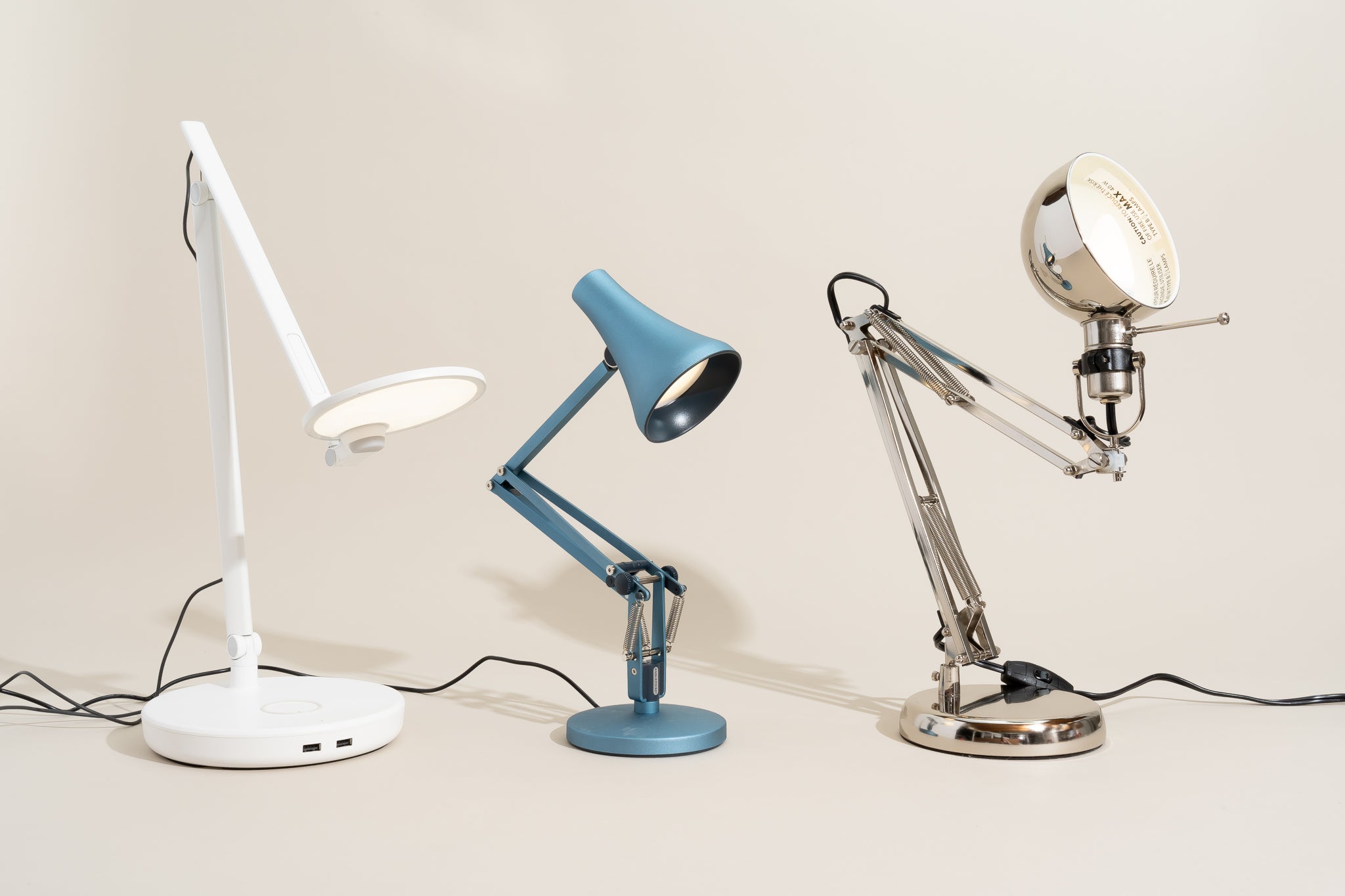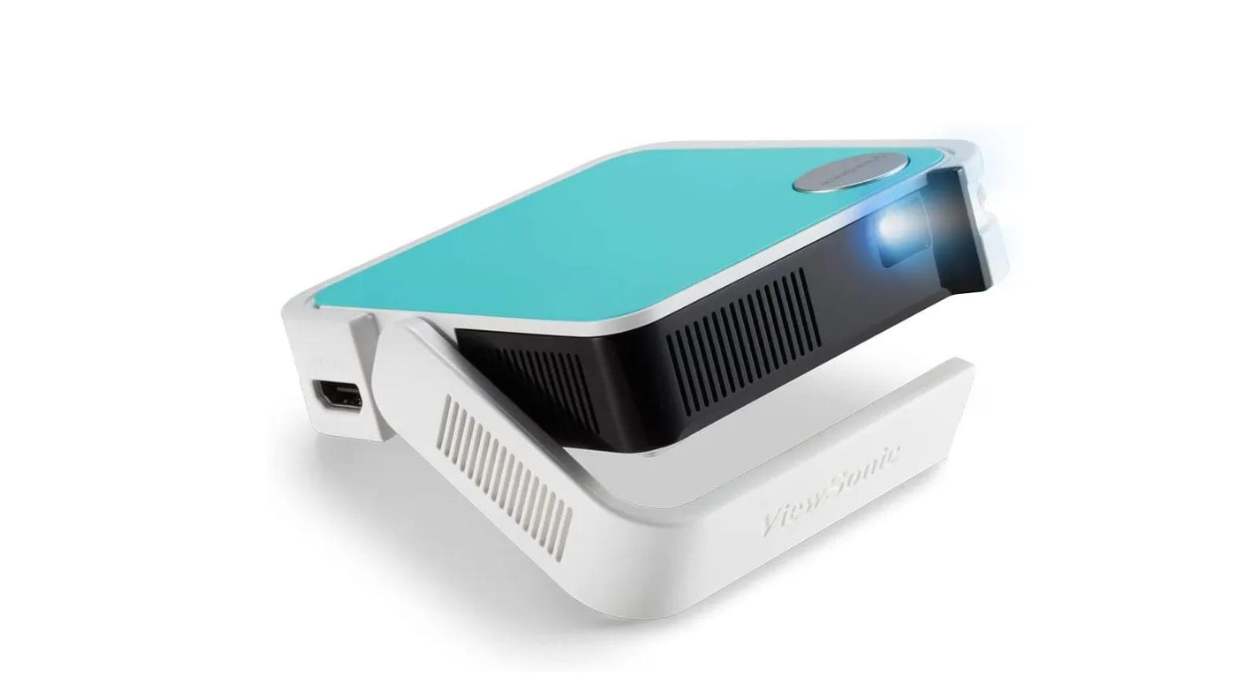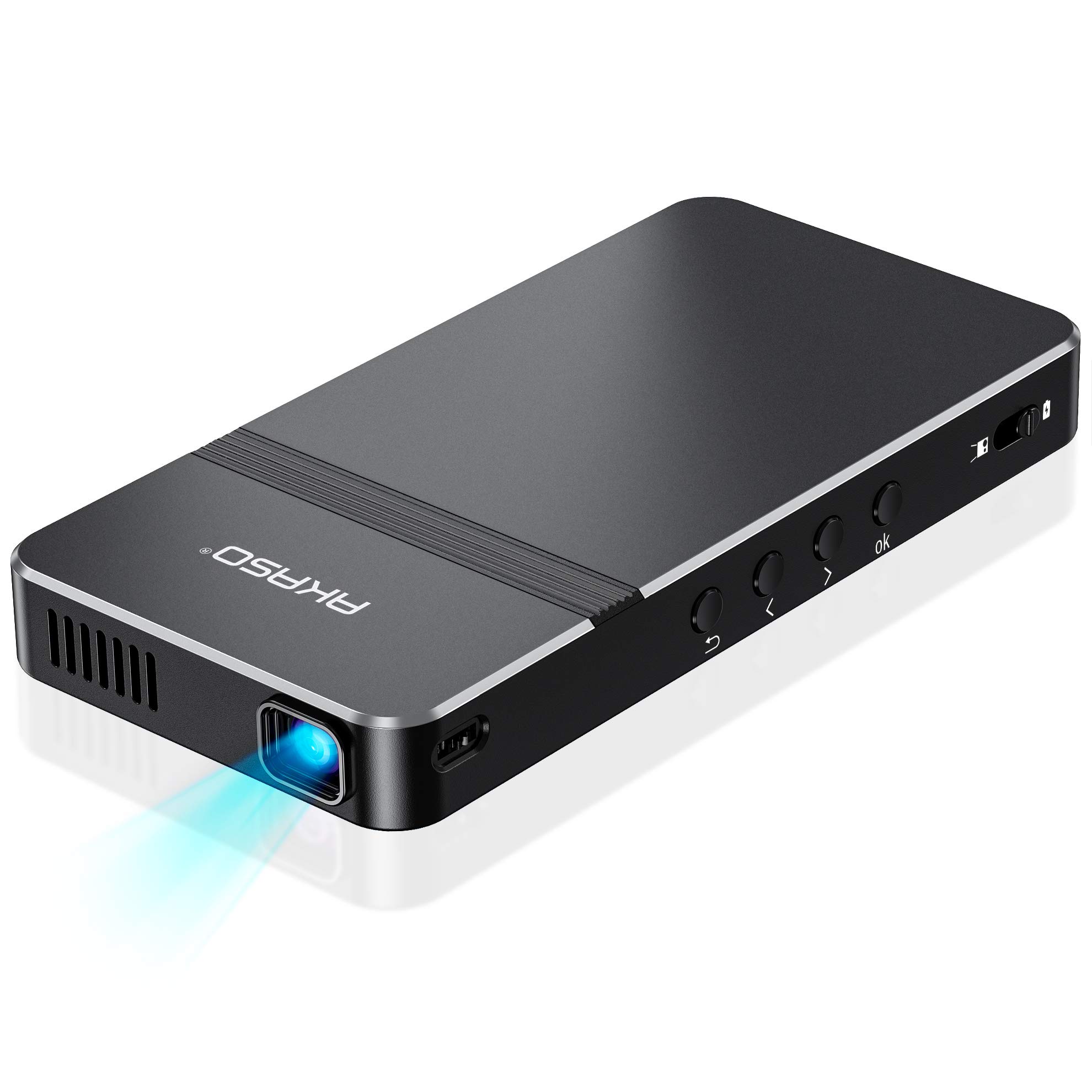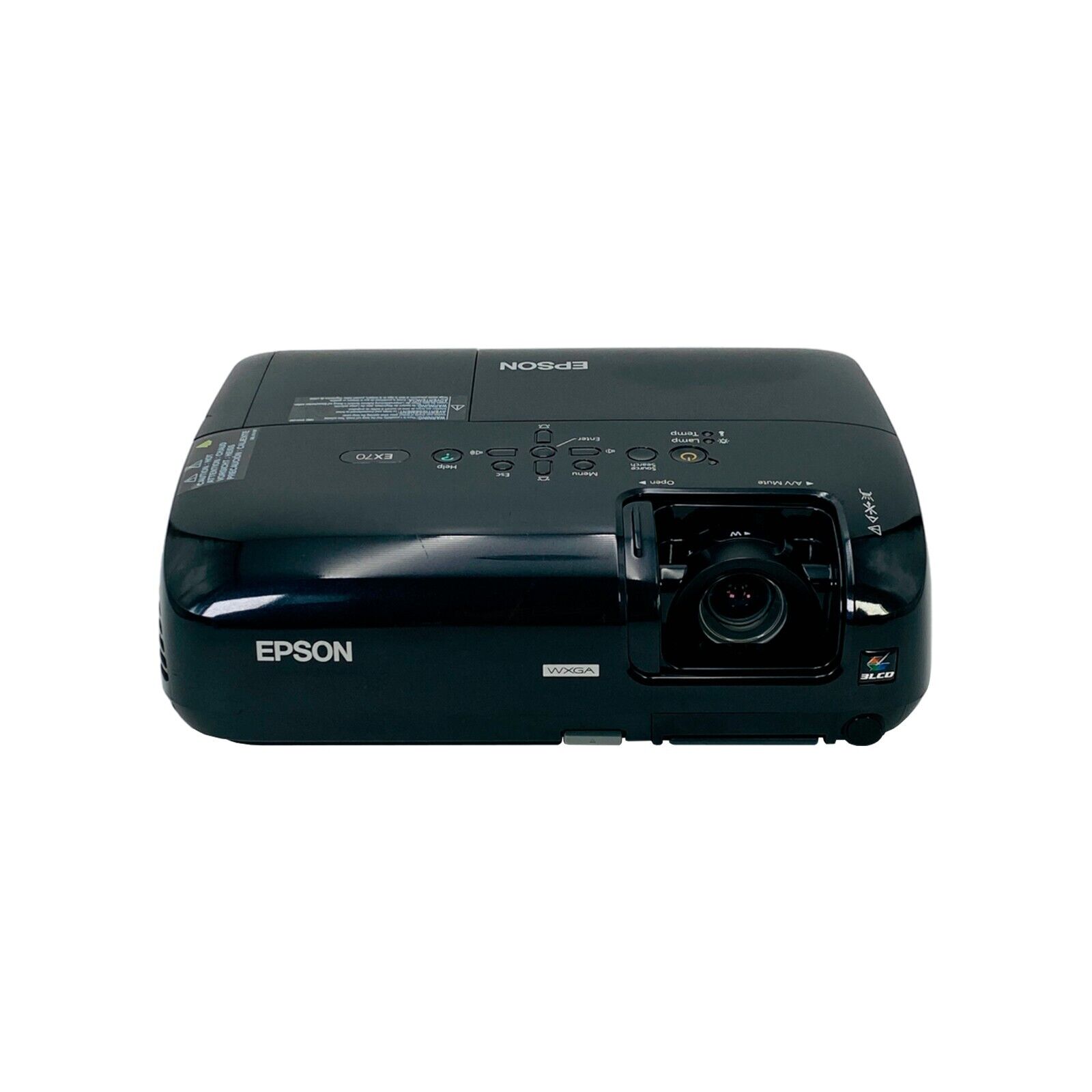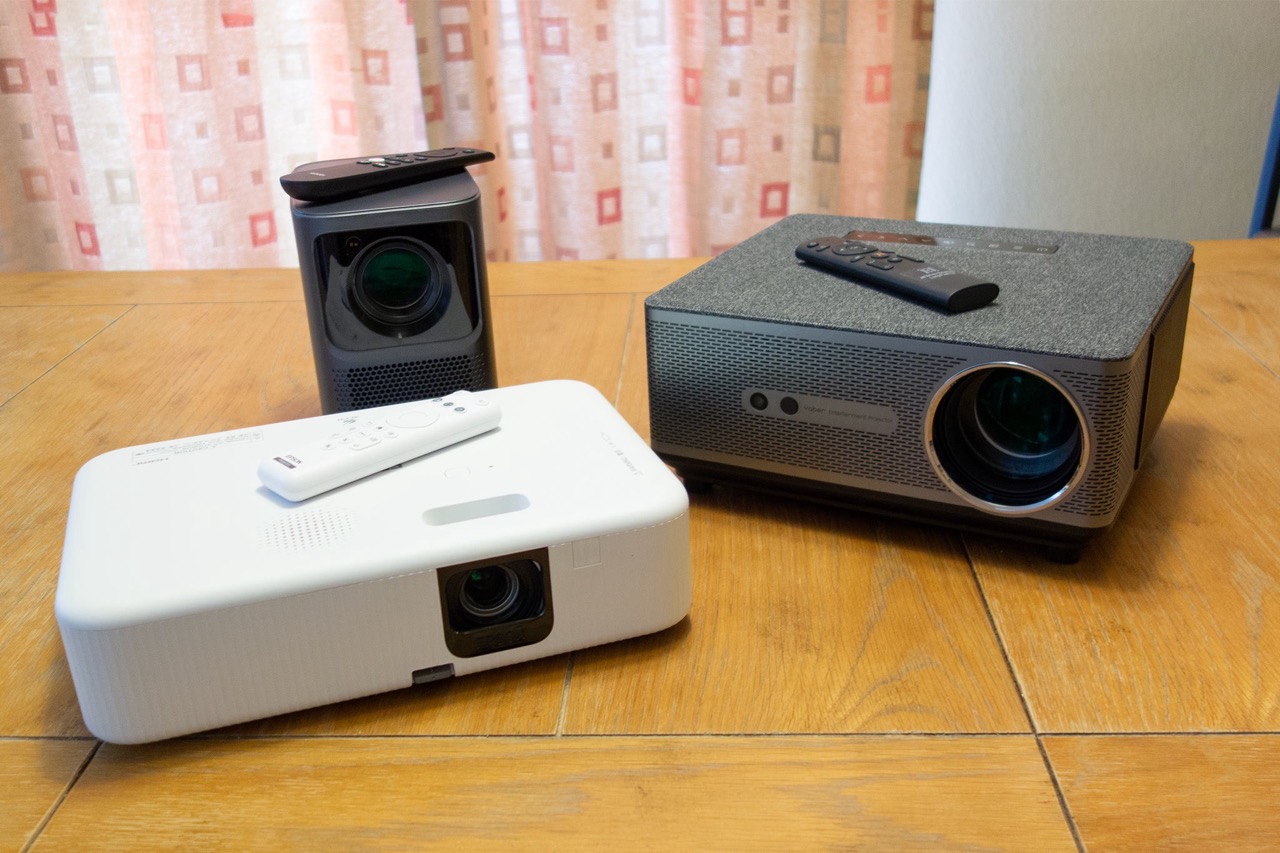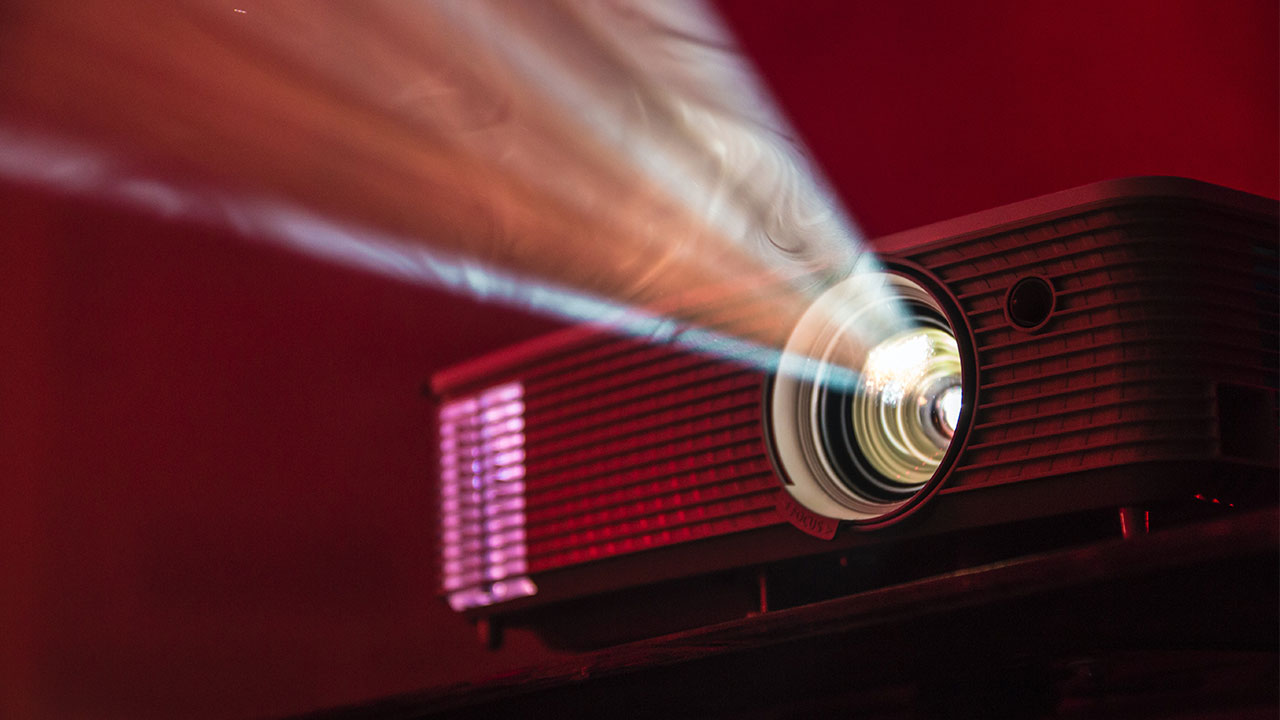

Furniture
What Is The Lamp Life In A Projector?
Modified: February 26, 2024
Learn about the lifespan of projectors and understand the lamp life that affects their performance. Upgrade your furniture with reliable projector lamps for long-lasting use.
(Many of the links in this article redirect to a specific reviewed product. Your purchase of these products through affiliate links helps to generate commission for Storables.com, at no extra cost. Learn more)
Introduction
When it comes to home theaters and business presentations, projectors have become a popular choice for creating a larger-than-life viewing experience. Projectors are equipped with a powerful lamp that emits light to project images onto a screen or wall. However, like any other electronic device, projector lamps have a limited lifespan.
In this article, we will delve into the concept of lamp life in a projector and explore the factors affecting its longevity. We will also provide tips on how to extend the lamp life and guide you on replacing the projector lamp when necessary.
If you are in the market for a projector or already own one, understanding lamp life is essential for optimal performance and cost-effective maintenance. So, let’s dive in and shed some light on this important aspect of projectors.
Key Takeaways:
- Understand the factors affecting lamp life in projectors, such as brightness settings and cooling systems, to maximize the lifespan and optimize performance for your viewing or presentation needs.
- When replacing a projector lamp, consult the user manual, follow safety precautions, and dispose of the old lamp properly. Seek professional assistance if unsure about the delicate replacement process.
Read more: When To Replace A Projector Lamp
Understanding Lamp Life
Lamp life refers to the estimated number of hours that a projector lamp will last before it needs to be replaced. This is an important specification to consider when purchasing a projector, as it directly affects the overall cost of ownership.
The lamp life of a projector can vary greatly depending on several factors, such as the type of lamp used, the brightness settings, and the operating conditions. Most projector manufacturers provide an estimated lamp life in their product specifications, typically ranging from 1,000 to 5,000 hours or more.
It’s important to note that lamp life is not a guarantee. It is an estimate based on normal usage conditions. Factors such as frequent on/off cycles, high brightness settings, and operating in a dusty environment can reduce the actual lamp life.
Projector lamps use various technologies, such as metal halide, xenon, or LED, to produce the required light output. Each technology has its own advantages and disadvantages, including differences in lamp life. Metal halide lamps are commonly used in projectors and have an average lifespan of around 2,000 to 3,000 hours.
When the lamp reaches the end of its life, it may start to flicker, lose brightness, or even fail completely. It’s important to keep track of the lamp hours and be prepared to replace it when necessary to ensure consistent image quality.
Next, let’s explore the factors that can affect the lamp life in a projector.
Factors Affecting Lamp Life
Several factors can influence the lifespan of a projector lamp. Understanding these factors can help you maximize the lamp’s longevity and minimize the need for frequent replacements. Here are some key factors to consider:
- Brightness Settings: Running the projector at full brightness or high brightness settings can significantly reduce the lamp life. It is recommended to adjust the brightness level to a suitable level for the environment and content being displayed.
- Operating Hours: The more you use the projector, the quicker the lamp will reach its end of life. Limiting unnecessary usage and turning off the projector when not in use can help extend the lamp’s lifespan.
- Cooling System: Projectors are equipped with a cooling system to regulate the lamp temperature. A well-functioning cooling system helps prevent overheating and extends the lamp life. Regularly cleaning the projector’s air filters can optimize cooling efficiency.
- Environmental Factors: Dust, humidity, and high temperatures can all impact the lamp’s performance and lifespan. It is important to operate the projector in a clean and well-ventilated space to minimize these adverse effects.
- Power Cycling: Frequent power cycling, which refers to turning the projector on and off multiple times within a short period, can put stress on the lamp and reduce its life. It is recommended to avoid unnecessary power cycling whenever possible.
- Power Voltage: Voltage fluctuations can negatively affect the lamp’s performance and lifespan. Using a reliable voltage regulator or surge protector can help stabilize the power supply and protect the projector lamp.
By being mindful of these factors and implementing proper maintenance practices, you can significantly extend the lamp life and get the most value out of your projector.
Next, let’s explore some tips on how to maximize the lamp life in a projector.
The lamp life in a projector is typically measured in hours, with most projectors having a lamp life of around 2000 to 5000 hours. To maximize the lamp life, avoid frequently turning the projector on and off, and keep the projector in a well-ventilated area to prevent overheating.
Extending Lamp Life
While the lamp in a projector will eventually need to be replaced, there are several steps you can take to extend its lifespan and maximize its performance. Here are some tips for prolonging the lamp life in your projector:
- Adjust Brightness Settings: As mentioned earlier, running the projector at high brightness levels can significantly reduce the lamp life. Adjust the brightness settings according to the ambient lighting conditions and content being displayed. Lowering the brightness can help extend the lamp’s longevity.
- Use Eco Mode: Many projectors offer an Eco Mode or a power-saving mode. Enabling this feature reduces the lamp’s power output, thereby increasing its lifespan. Eco Mode can also result in lower fan noise and reduced energy consumption.
- Proper Ventilation: Ensure that the projector has adequate ventilation to prevent overheating. Make sure that there is sufficient space around the projector for proper airflow. Avoid placing the projector in enclosed spaces or near sources of heat.
- Clean Air Filters Regularly: The projector’s air filters play a crucial role in maintaining optimal airflow and preventing dust buildup. Clean the filters regularly according to the manufacturer’s instructions to keep the projector running cool and extend the lamp life.
- Avoid Power Cycling: As mentioned earlier, frequent power cycling can reduce the lamp life. Whenever possible, avoid turning the projector on and off repeatedly within a short period. Instead, plan your usage and keep the projector on for longer durations.
- Keep Lamp Cool after Usage: After using the projector, allow the lamp to cool down properly before powering it off or moving it. This helps prevent thermal shock and ensures that the lamp operates optimally.
- Keep the Projector Clean: Dust and dirt can accumulate on the projector’s lens and vents, affecting performance and lamp life. Regularly clean the projector using a soft, lint-free cloth and consider using a lens cover when not in use.
- Use Proper Power Source: Ensure that the projector is connected to a stable power source with the appropriate voltage. Fluctuations in power can lead to lamp failure or reduced lifespan. Use a voltage regulator or surge protector to protect the projector from power irregularities.
By following these tips, you can significantly prolong the life of your projector lamp and enjoy optimal performance for an extended period.
Next, let’s explore the process of replacing the projector lamp when it reaches the end of its life.
Replacing the Projector Lamp
After a certain number of hours of usage, the lamp in your projector will reach its end of life and need to be replaced. Here are the steps to follow when replacing the projector lamp:
- Consult the User Manual: Refer to the user manual that came with your projector for specific instructions on lamp replacement. It will provide detailed information on how to access the lamp compartment and the type of lamp required for your model.
- Turn off the Projector and Unplug: Before replacing the lamp, make sure the projector is turned off and unplugged from the power source. This is crucial for safety reasons and to avoid any electrical accidents.
- Allow the Lamp to Cool Down: The lamp can become hot during usage, so it is important to allow it to cool down before attempting to replace it. This will help prevent any burns or damage to the lamp or projector.
- Access the Lamp Compartment: Depending on the projector model, accessing the lamp compartment may vary. Typically, it involves removing a panel or cover on the projector’s housing. Refer to the user manual for specific instructions on how to access the lamp compartment.
- Remove the Old Lamp: Carefully remove the old lamp from its housing by following the instructions provided in the user manual. Take note of any screws or connectors that need to be loosened or disconnected before removing the lamp. Be gentle and avoid touching the lamp bulb with bare hands, as it can cause damage or reduce its lifespan.
- Install the New Lamp: Insert the new lamp into the lamp housing, ensuring that it is securely in place. Follow the instructions provided in the user manual, making sure to tighten any screws or reconnect any connectors as necessary. Pay attention to the alignment and orientation of the lamp to ensure proper installation.
- Replace the Lamp Compartment Cover: Once the new lamp is installed, carefully replace the lamp compartment cover or panel. Ensure that it is securely fastened to prevent any loose connections or dust ingress.
- Reset the Lamp Hours: After replacing the lamp, it is important to reset the lamp hour counter in the projector’s settings menu. This helps the projector accurately track the lamp usage and provide a notification when it is time for another replacement.
- Dispose of the Old Lamp Properly: Dispose of the old lamp following the manufacturer’s instructions or local regulations. Lamp bulbs may contain hazardous materials, so it is important to handle and dispose of them responsibly.
It is important to note that replacing the projector lamp is a delicate process. If you are uncertain or uncomfortable with performing the replacement yourself, it is advisable to seek professional assistance from the manufacturer or a certified technician.
By following these steps, you can successfully replace the projector lamp and ensure a smooth continuation of your viewing or presentation experience.
Next, let’s conclude our discussion on lamp life in projectors.
Read more: How To Test A Projector Lamp
Conclusion
Understanding the concept of lamp life in projectors is crucial for both home theater enthusiasts and business professionals who rely on projectors for presentations. By knowing the factors that affect lamp life and implementing proper maintenance practices, you can maximize the lifespan of your projector lamp and optimize its performance.
Factors such as brightness settings, operating hours, cooling system functionality, and operating conditions can all impact the lamp life. By adjusting brightness levels, using Eco Mode, ensuring proper ventilation, cleaning air filters regularly, and avoiding power cycling, you can extend the lamp’s longevity.
In the event that the lamp does reach the end of its life, it is important to follow the manufacturer’s instructions for replacing the lamp. By consulting the user manual, turning off and unplugging the projector, allowing the lamp to cool down, and carefully installing the new lamp, you can safely and effectively replace the projector lamp and continue enjoying your multimedia experiences.
Remember to reset the lamp hour counter and dispose of the old lamp properly in accordance with manufacturer instructions and local regulations. Seeking professional assistance when unsure or uncomfortable with the replacement process is always recommended.
By maintaining and replacing the projector lamp when necessary, you can ensure optimal image quality, brightness, and longevity, enhancing your viewing or presentation experience for years to come.
So, whether you are a movie lover, a gamer, or a business professional, understanding and managing the lamp life in a projector is key to getting the most out of your investment and enjoying stunning visuals.
Frequently Asked Questions about What Is The Lamp Life In A Projector?
Was this page helpful?
At Storables.com, we guarantee accurate and reliable information. Our content, validated by Expert Board Contributors, is crafted following stringent Editorial Policies. We're committed to providing you with well-researched, expert-backed insights for all your informational needs.
